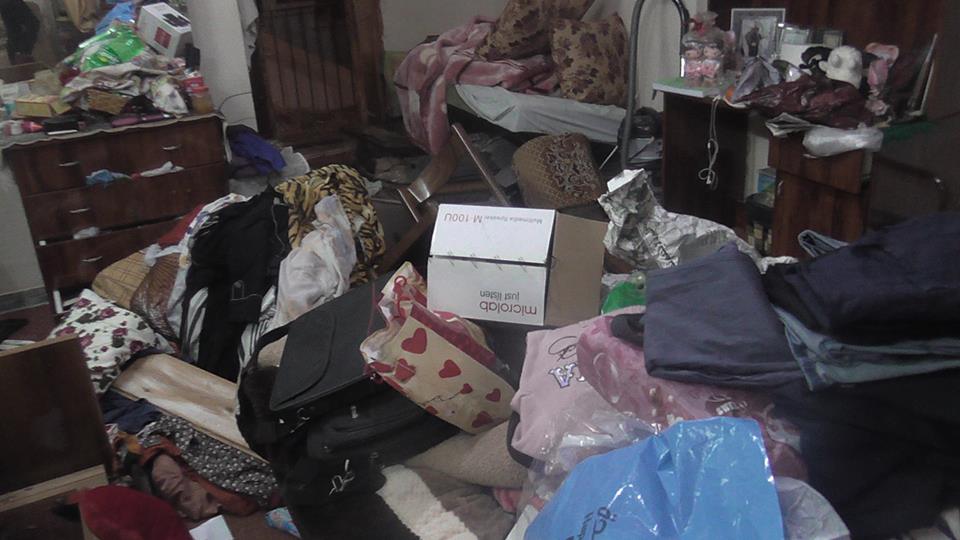Category: Hebron
-
A Day in the life
26 January 2016 | International Solidarity Movement, Al-Khalil team| Hebron, occupied Palestine Al-Khalil is unique from other villages, towns, and cities in the West Bank. Illegal Zionist colonial settlements are situated right in the center of the Old City. Whereas, elsewhere the illegal settlements are outside of the Palestinian towns and cities. This makes life…
-
Israeli forces harass 3 children in Occupied Hebron, arresting 1
25th January 2017 | International Solidarity Movement, al-Khalil team | Hebron, occupied Palestine At 8:30 pm on January 24th, two young Palestinian boys–14 and 12 years old–were stopped in the streets of the old city of Hebron by six Israeli soldiers, who were armed with assault rifles. They accused the boys of throwing stones. The soldiers…
-
Violent raid on family home – Israeli forces keep family locked up
22nd January 2017 | International Solidarity Movement, al-Khalil team | Hebron, occupied Palestine Israeli Forces raided a Palestinian family home on Thursday night in the Jabari-neighborhood near the illegal Kiryat Arba settlement in occupied al-Khalil (Hebron). A group of approximately 50 heavily-armed Israeli forces, accompanied by a dog, surrounded the house at 1am and woke up the…



